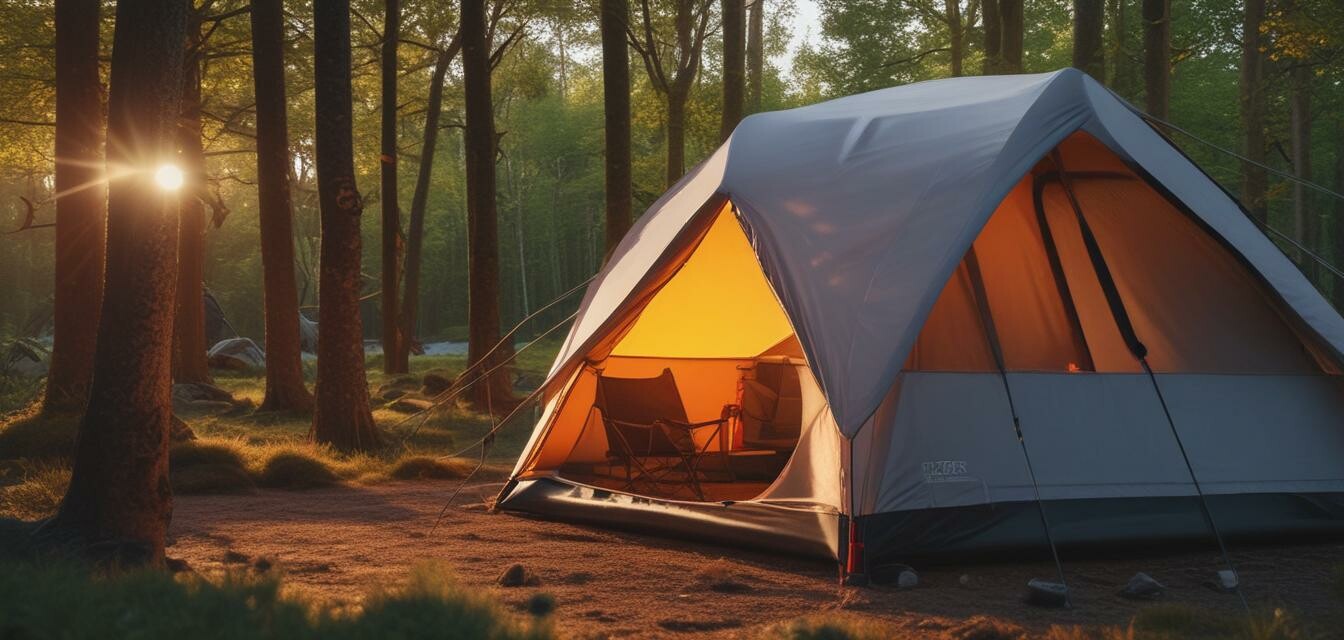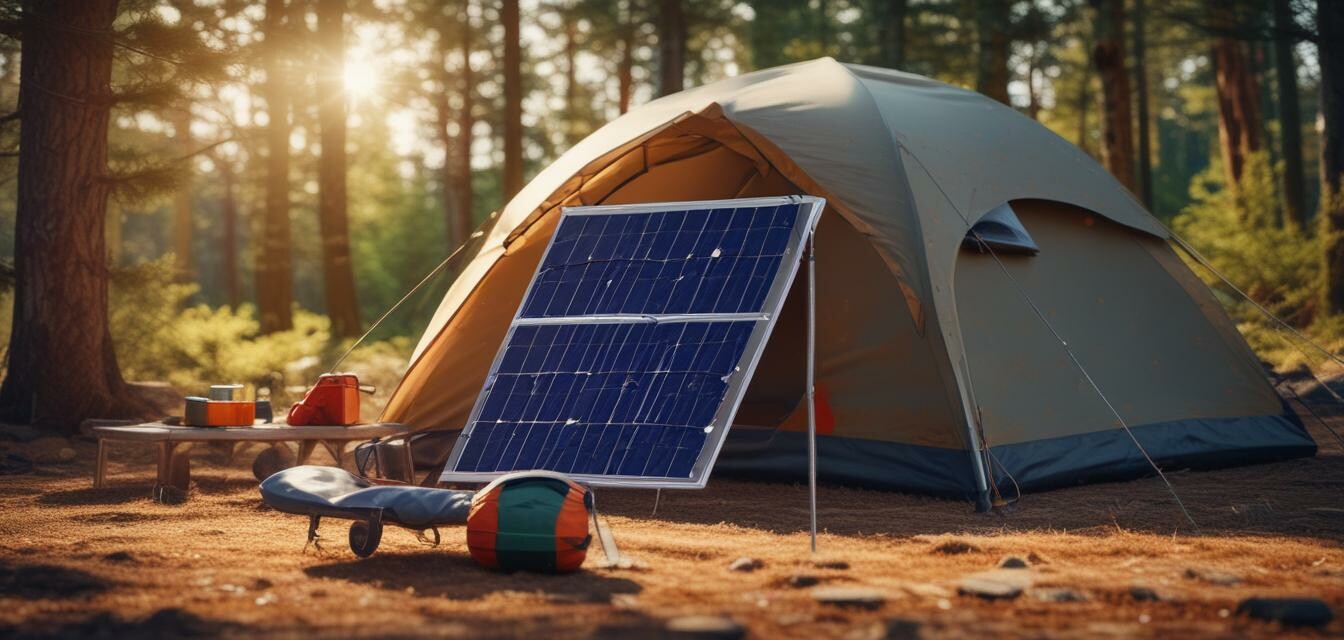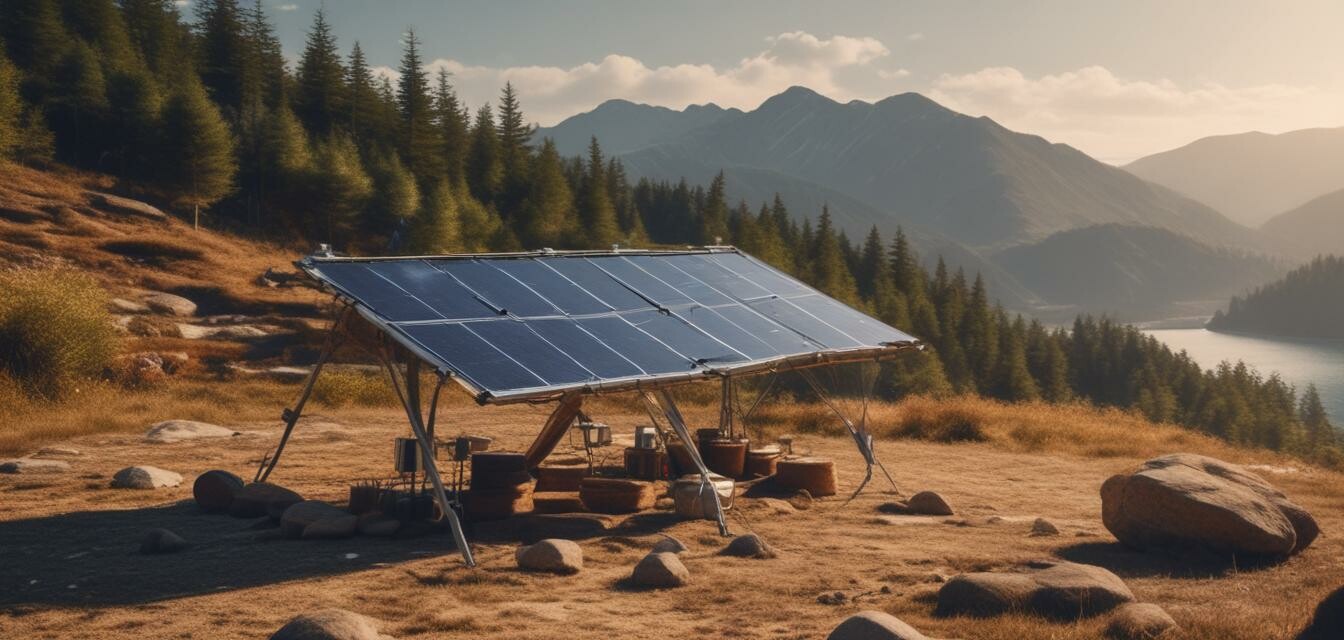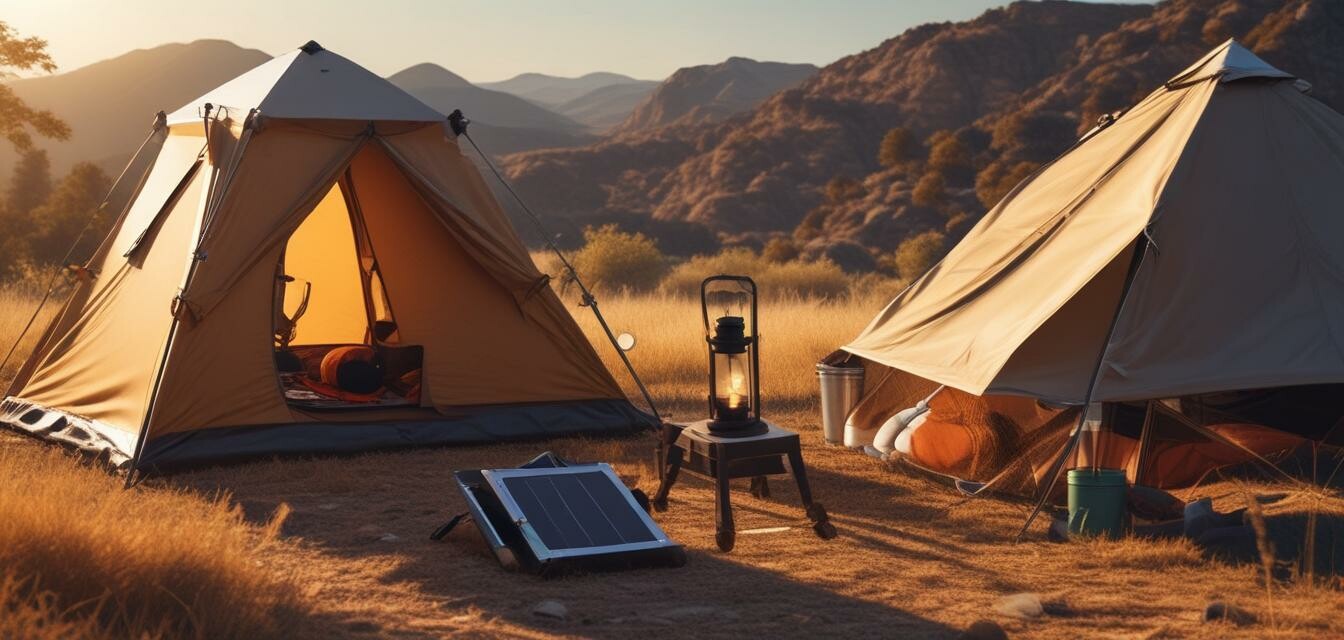
How to Choose a Solar-Powered Shelter
When venturing into the great outdoors, a reliable shelter is essential. With the increasing popularity of solar-powered camping gear, it's easier than ever to stay connected and powered while enjoying nature. But with so many options available, choosing the right solar-powered shelter can be overwhelming. In this guide, we'll help you navigate the key factors to consider when selecting the perfect solar-powered camping shelter for your needs.
Key Takeaways
- Determine your power needs and budget
- Consider the type of camping you'll be doing
- Look for durable and water-resistant materials
- Check the compatibility of your gear with the shelter's solar panel
Understanding Your Power Needs
Before selecting a solar-powered shelter, it's crucial to determine your power needs. How much energy do you require to keep your devices charged? Do you need to power a laptop, phone, or other gadgets? Consider the wattage of your devices and the number of hours you'll need to keep them powered.
| Device | Wattage | Hours of Use |
|---|---|---|
| Smartphone | 5-10W | 8-10 hours |
| Laptop | 20-50W | 4-6 hours |
| Camera | 5-10W | 4-6 hours |
Camping Style and Shelter Type
The type of camping you'll be doing also plays a significant role in choosing the right solar-powered shelter. Will you be car camping, backpacking, or RVing? Different shelter types cater to different camping styles.
- Solar Camping Tents: Ideal for backpackers and car campers who need a lightweight, compact shelter.
- Solar-Powered Backpacks: Perfect for thru-hikers and long-distance backpackers who need to stay powered on the go.
- Portable Solar Panels: Suitable for RVers and car campers who need a more robust power solution.

Durability and Water Resistance
A solar-powered shelter's durability and water resistance are critical factors to consider. Look for shelters made from high-quality, water-resistant materials that can withstand harsh weather conditions.
| Material | Water Resistance | Durability |
|---|---|---|
| Waterproof Nylon | IPX7 | High |
| PU-Coated Polyester | IPX5 | Moderate |
| Silnylon | IPX3 | Low |
Compatibility and Integration
Ensure the solar-powered shelter is compatible with your gear and devices. Check the shelter's solar panel output and voltage to ensure it matches your device's requirements.

Pros
- Renewable energy source
- Reduced carbon footprint
- Increased camping comfort
Cons
- Higher upfront cost
- Dependence on sunlight
- Added weight and bulk
Beginners Section
- Start with a smaller solar-powered shelter and upgrade as needed
- Invest in a high-quality solar panel with a high wattage output
- Practice setting up your shelter before taking it on a camping trip

By considering these key factors, you'll be well on your way to choosing the perfect solar-powered shelter for your camping needs. Happy camping!








